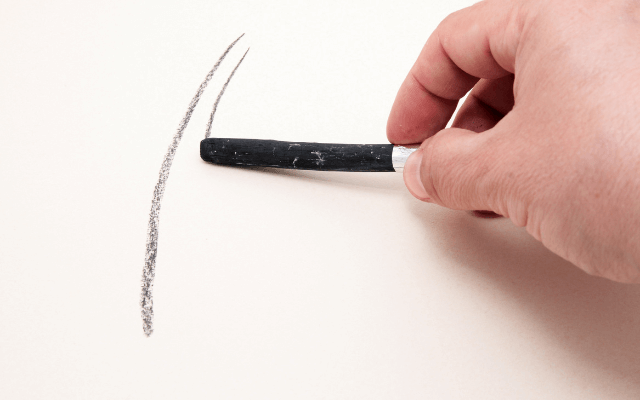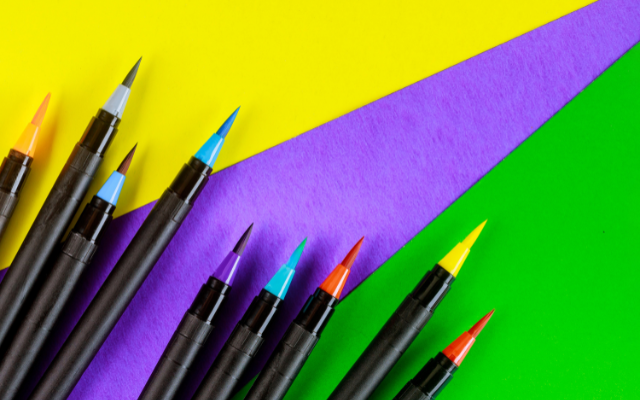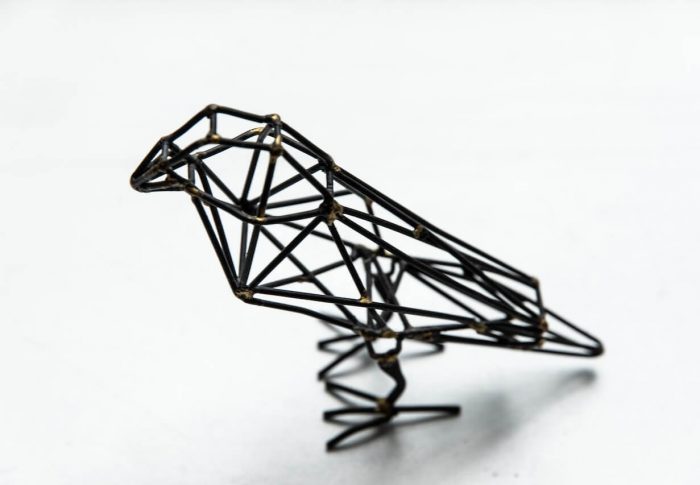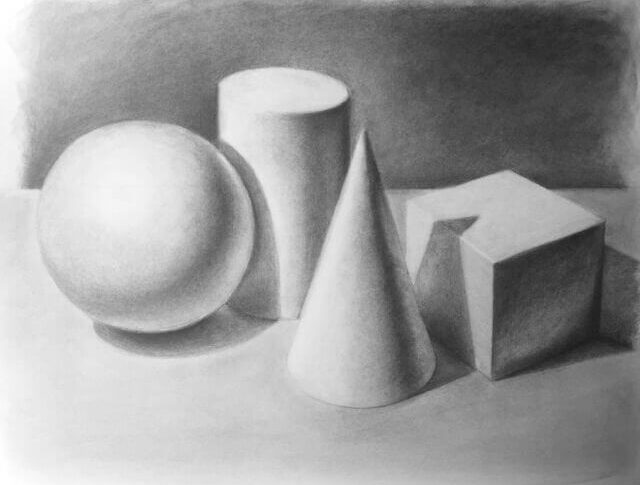
Charcoal sketching techniques for beginners
Charcoal sketching is an art form that beautifully combines simplicity with expressive creativity. The rich tones and easy blending of charcoal allow for a wide range of artistic expression, making it an ideal medium for those looking to explore their artistic side.
Whether you’re a budding artist or just looking for a new creative outlet, charcoal sketching offers a versatile and forgiving medium to bring your ideas to life.
In this guide, we’ll dive into the fundamental techniques that form the foundation of charcoal sketching, empowering beginners to create impressive works of art.
Understanding Charcoal as a Medium
What is Charcoal?
Charcoal is a versatile art medium available in various forms, including vine charcoal, compressed charcoal, and charcoal pencils. Each type offers unique qualities, allowing artists to experiment with different textures and effects in their sketches.
Expressive Nature of Charcoal
Charcoal’s expressive nature lies in its ability to create bold, dramatic strokes. Its rich, velvety texture adds depth and intensity to your sketches, making it an excellent choice for both beginners and experienced artists.
Essential Charcoal Sketching Supplies
Building Your Toolkit
To get started with charcoal sketching, gather the essential supplies:
- Charcoal: Experiment with different types for varied effects.
- Paper: Choose acid-free, textured paper for optimal results.
- Erasers: Have both kneaded and gum erasers for precision and general erasing.
- Blending Tools: Use blending stumps, tortillons, or your fingers for seamless blending.
Choosing the Right Paper
Selecting the right paper is crucial. Textured papers allow for better charcoal adhesion and create interesting surface variations. Experiment with different paper weights to find what suits your preferences.
Getting Comfortable with Your Tools
Handling Charcoal Pencils
Hold charcoal pencils with a relaxed grip, allowing for better control and fluid movements. Experiment with different pencil grades to achieve varied line weights, from light to dark.
Using Charcoal Sticks
Charcoal sticks offer versatility in stroke width. Hold them loosely for broader strokes or grip them tightly for finer details. Practice different pressure levels to understand the range of effects.
Basic Charcoal Techniques
Hatching and Cross-Hatching
Hatching Explained
Hatching involves creating parallel lines to indicate shading. Vary the spacing and direction to achieve different tones and textures. It’s an excellent technique for building up shadows and creating depth.
Cross-Hatching for Depth
Cross-hatching involves overlapping sets of hatching lines to intensify shading. By varying the angles and density of the lines, you can achieve a broader range of tones and convey three-dimensional form.
Stippling
Understanding Stippling
Stippling involves creating patterns of dots to build up shading and texture. Experiment with different dot densities and arrangements to create unique effects, from subtle gradients to detailed textures.
Practical Stippling Exercises
Practice stippling by creating gradients using various dot densities. Start with lighter tones and gradually increase the density to darker areas. This technique is excellent for achieving nuanced shading in your sketches.
Smudging and Blending
Importance of Blending
Blending is crucial for achieving smooth transitions between different shades. Use blending stumps, tortillons, or even your fingers to softly blend charcoal strokes, creating a seamless and polished look.
Blending Tools and Techniques
Experiment with different blending tools to find what works best for you. Circular motions, gentle strokes, and controlled blending can all contribute to achieving the desired effects in your sketches.
Creating Form and Depth
Shading Techniques
Shading is the key to creating the illusion of three-dimensional forms in your sketches. Understand the direction of light sources and use shading techniques like hatching and blending to bring your subjects to life.
Step-by-Step Shading Exercises
Practice shading on basic shapes, gradually moving on to more complex subjects. Begin with spheres and cubes, paying attention to light and shadow. As you progress, challenge yourself with more intricate objects and scenes.
Tips for Beginners
Patience and Persistence
Learning charcoal sketching takes time and practice. Be patient with yourself, embrace mistakes as part of the learning process, and persist in refining your skills.
Experimentation is Key
Charcoal sketching offers a wide range of possibilities. Don’t be afraid to experiment with different techniques, subjects, and styles. Your unique approach will emerge through exploration.
Choosing Subjects for Charcoal Sketching
Simple Still Life and Basic Portraits
Start with uncomplicated subjects like simple still life arrangements or basic portraits. These subjects allow you to focus on mastering techniques before tackling more complex scenes.
Reference Materials for Practice
Use reference materials such as photographs, art books, or even online tutorials to guide your practice. Studying existing artwork and photographs can provide inspiration and insights into different approaches.
Inspiration and Resources
Online Learning Platforms
Explore online resources and tutorials to enhance your charcoal sketching skills. Platforms like YouTube, Skillshare, and Udemy offer a wealth of instructional videos and courses tailored for beginners.
Engaging with the Art Community
Joining online art communities or forums allows you to connect with fellow artists, share your work, and seek feedback. Learning from others and gaining inspiration from their experiences can significantly enrich your artistic journey.
Conclusion
Embarking on your charcoal sketching journey is an exciting and rewarding endeavor. Armed with the knowledge of essential tools and techniques, along with a mindset of patience and experimentation, you’re well on your way to mastering this expressive art form.
Remember, there are no rigid rules in art – embrace the creative process, and enjoy the satisfaction of seeing your unique artistic style unfold with each stroke of charcoal. Happy sketching!




